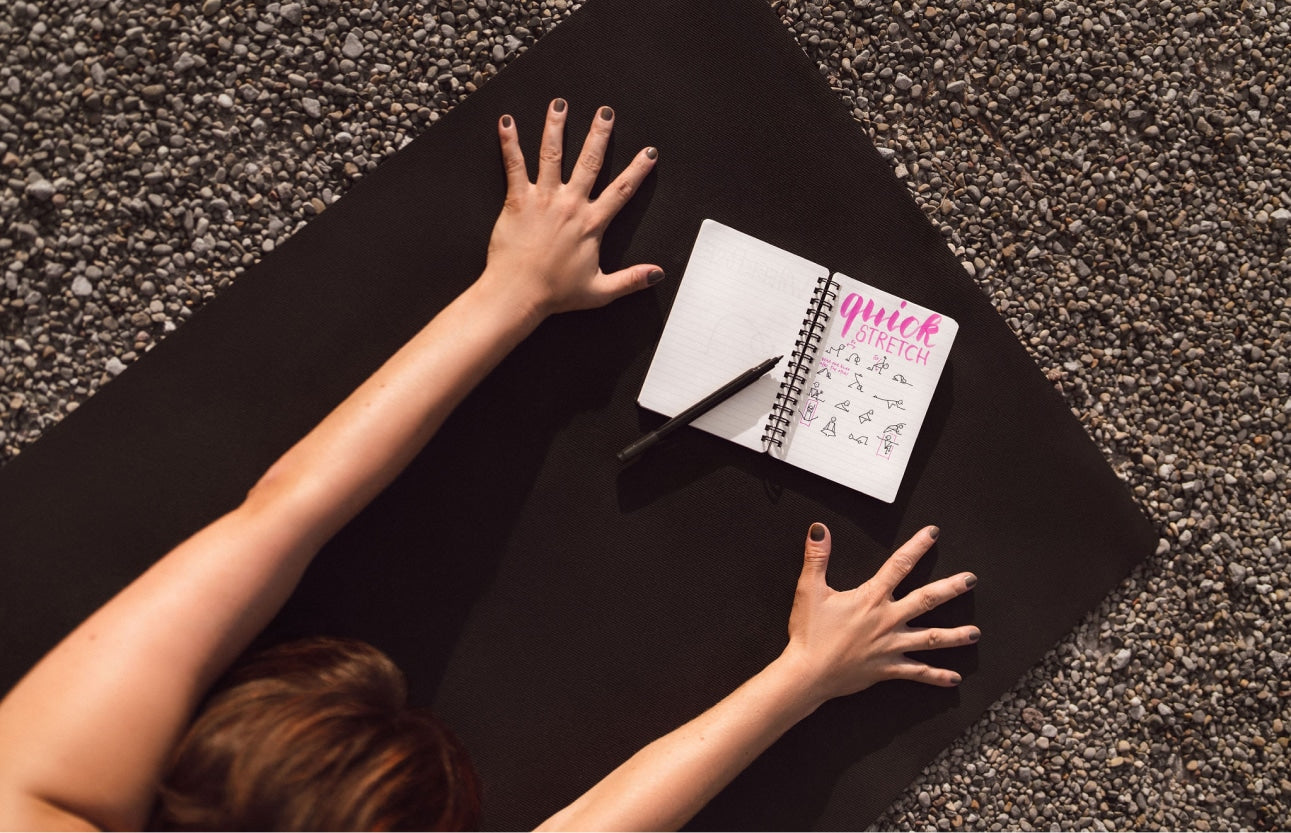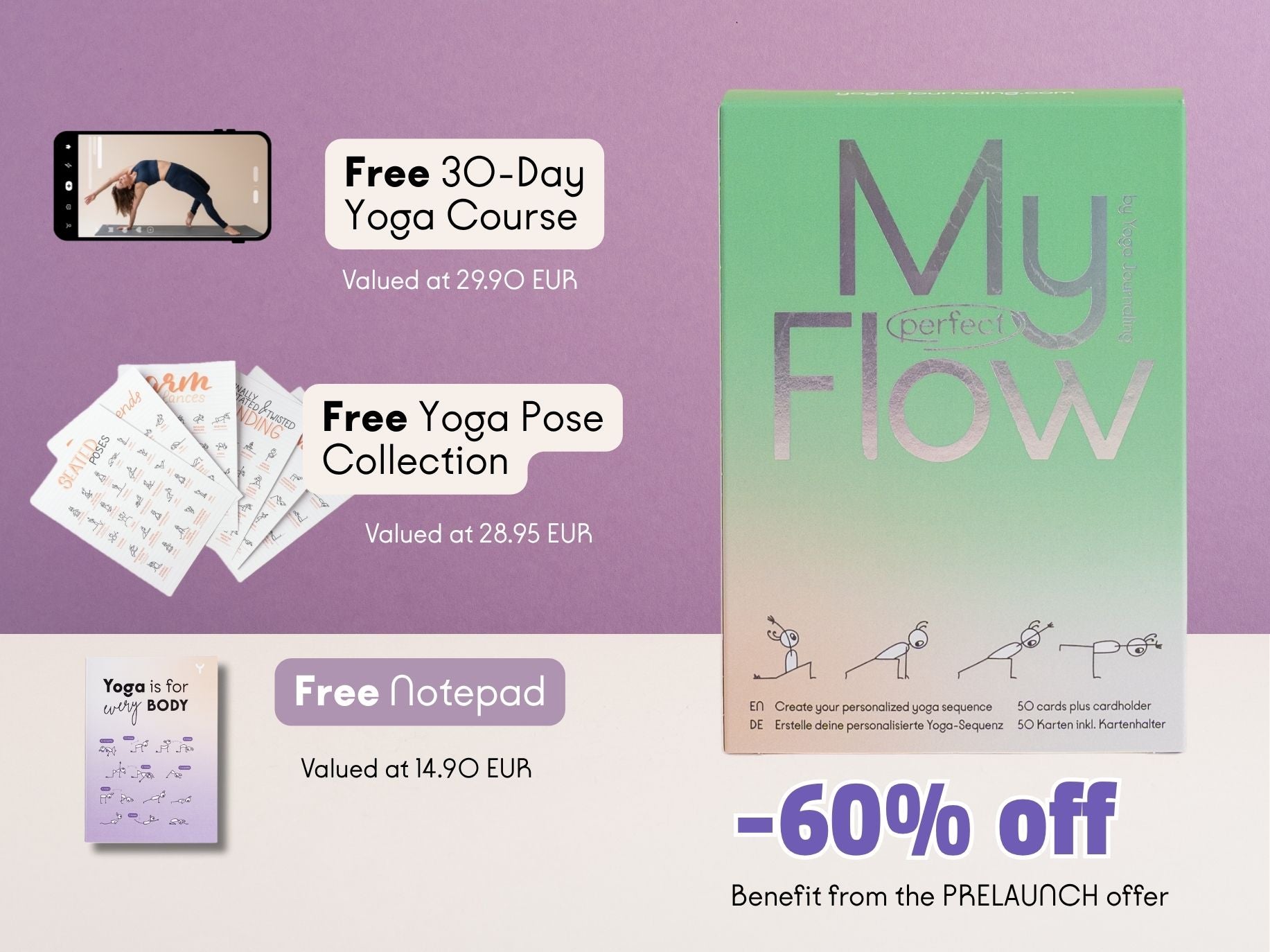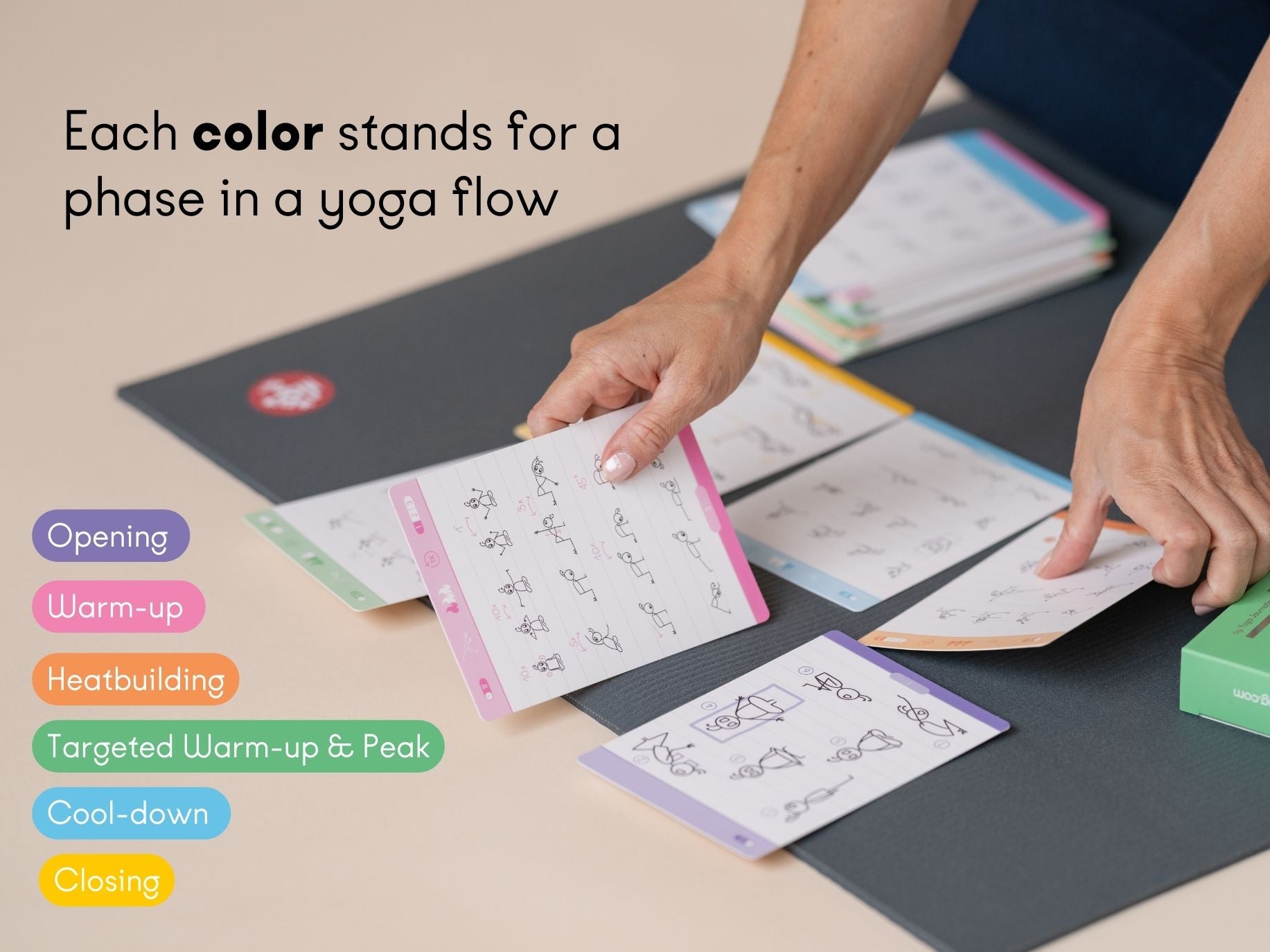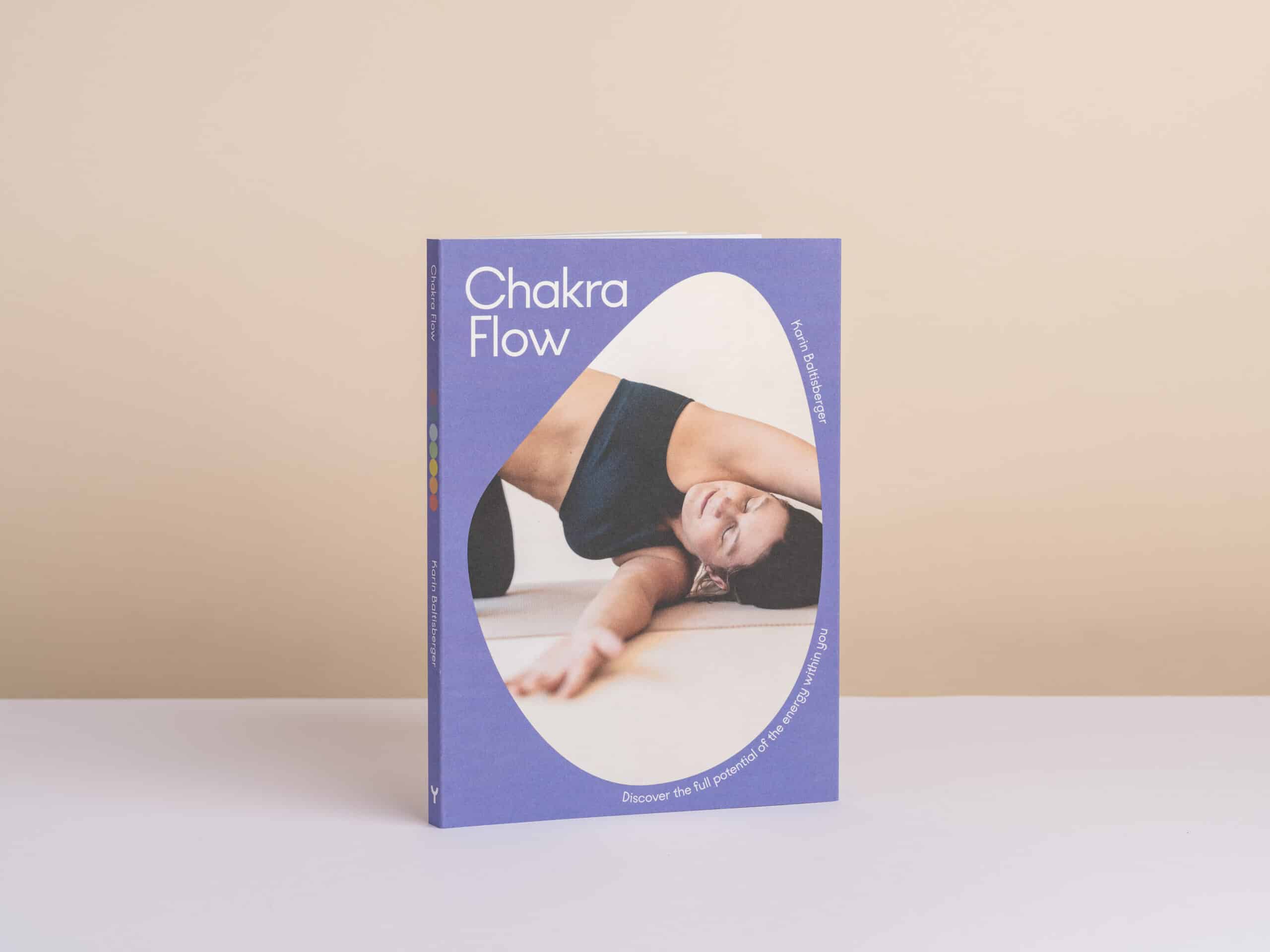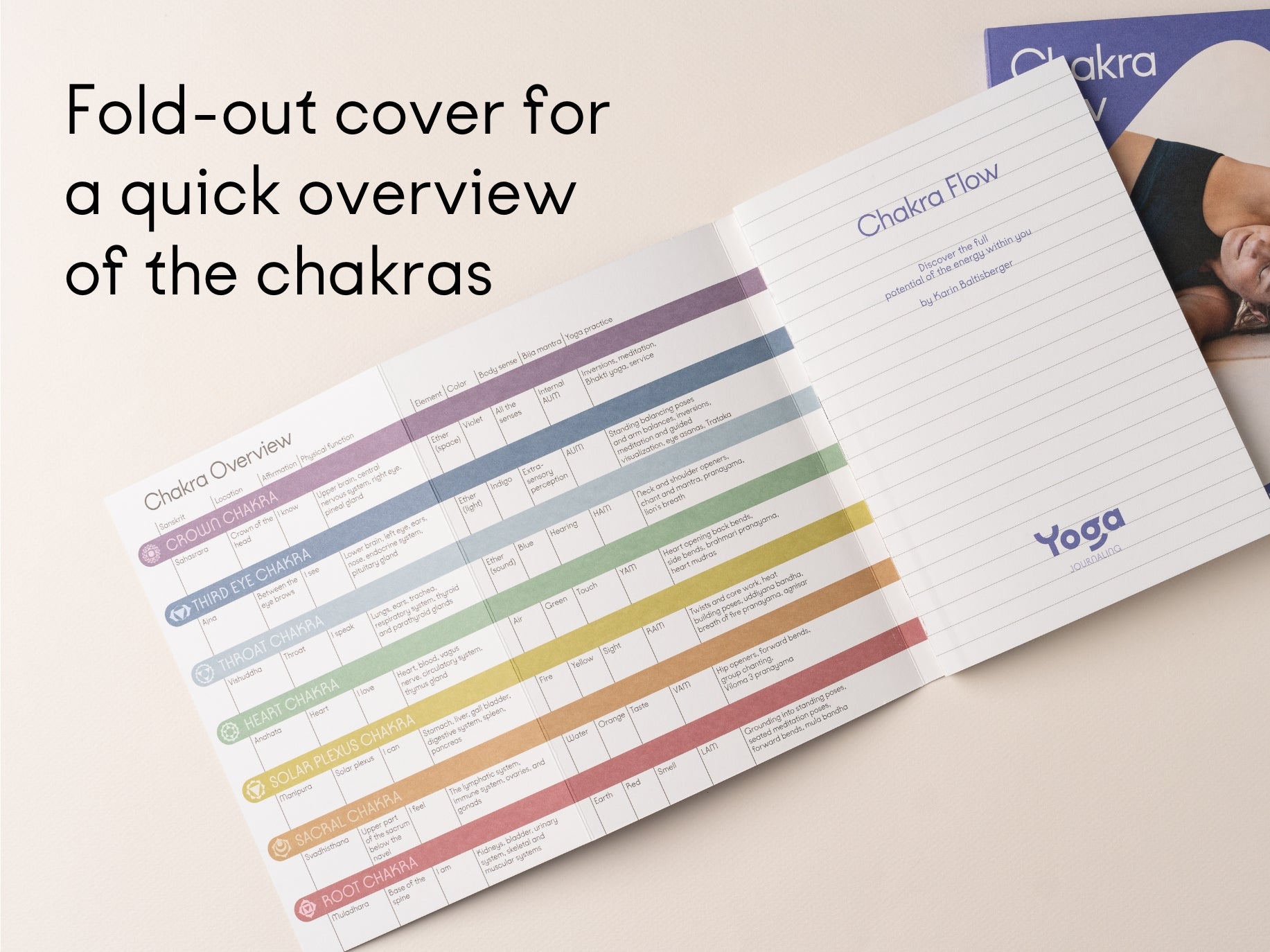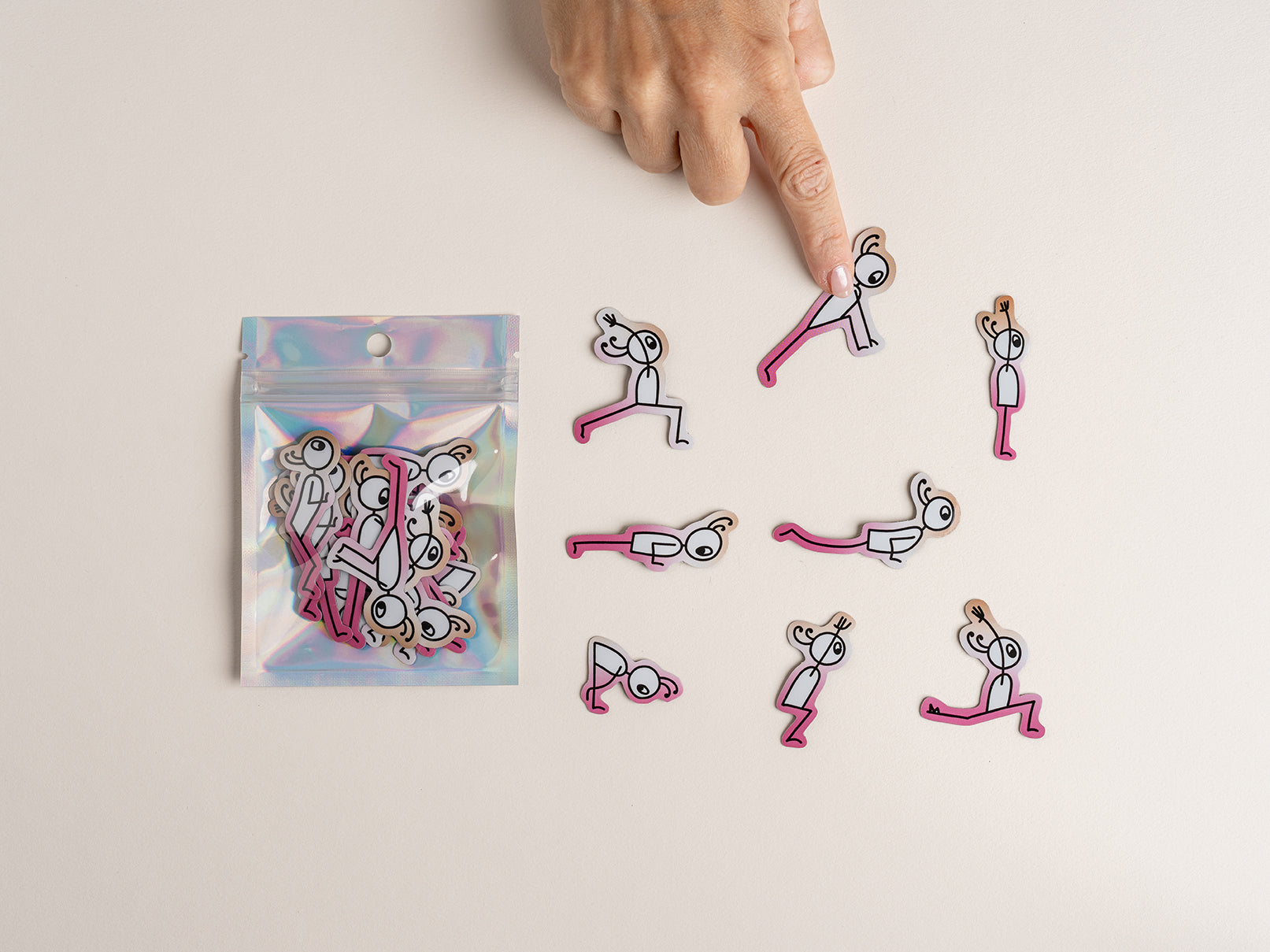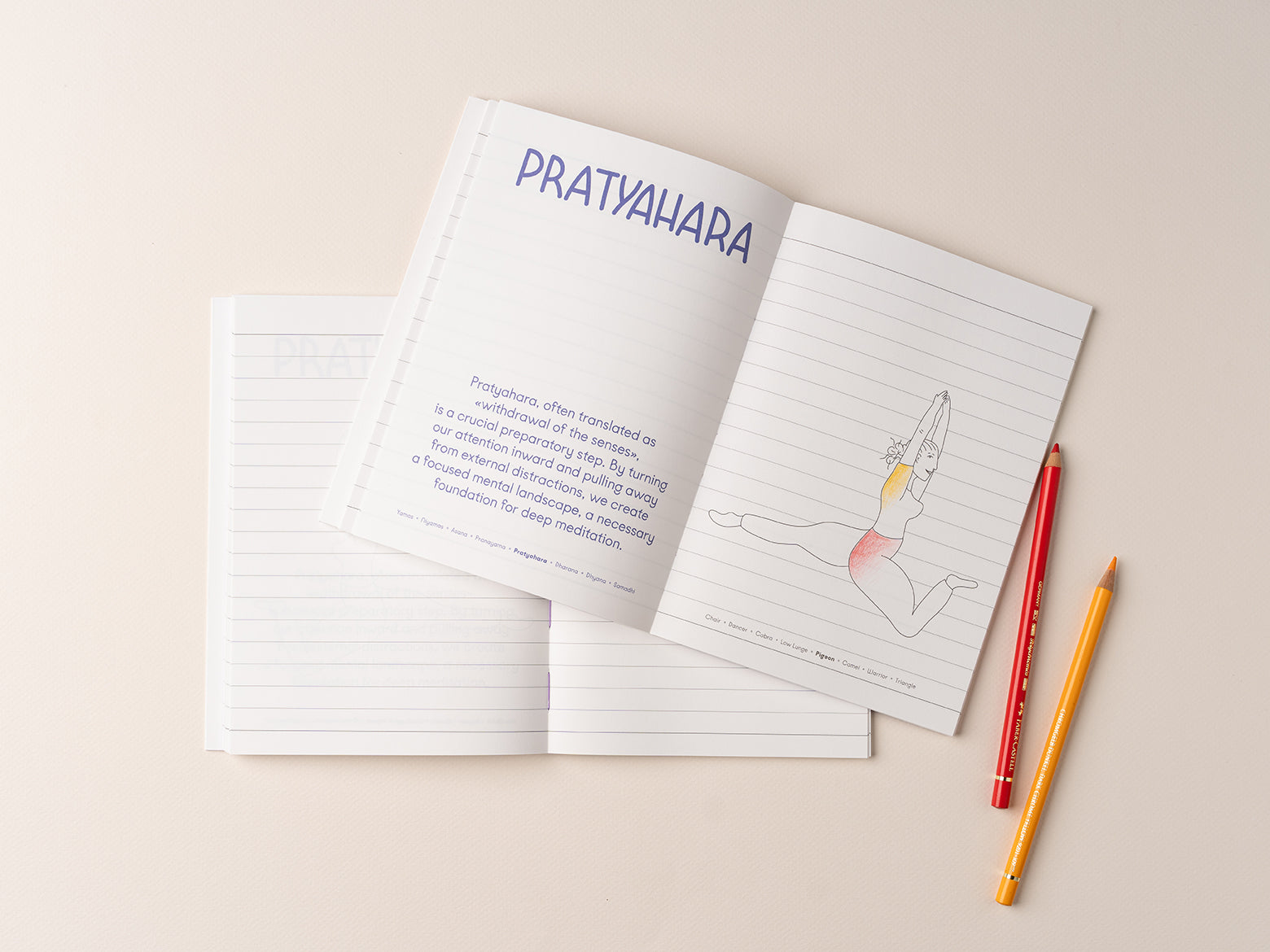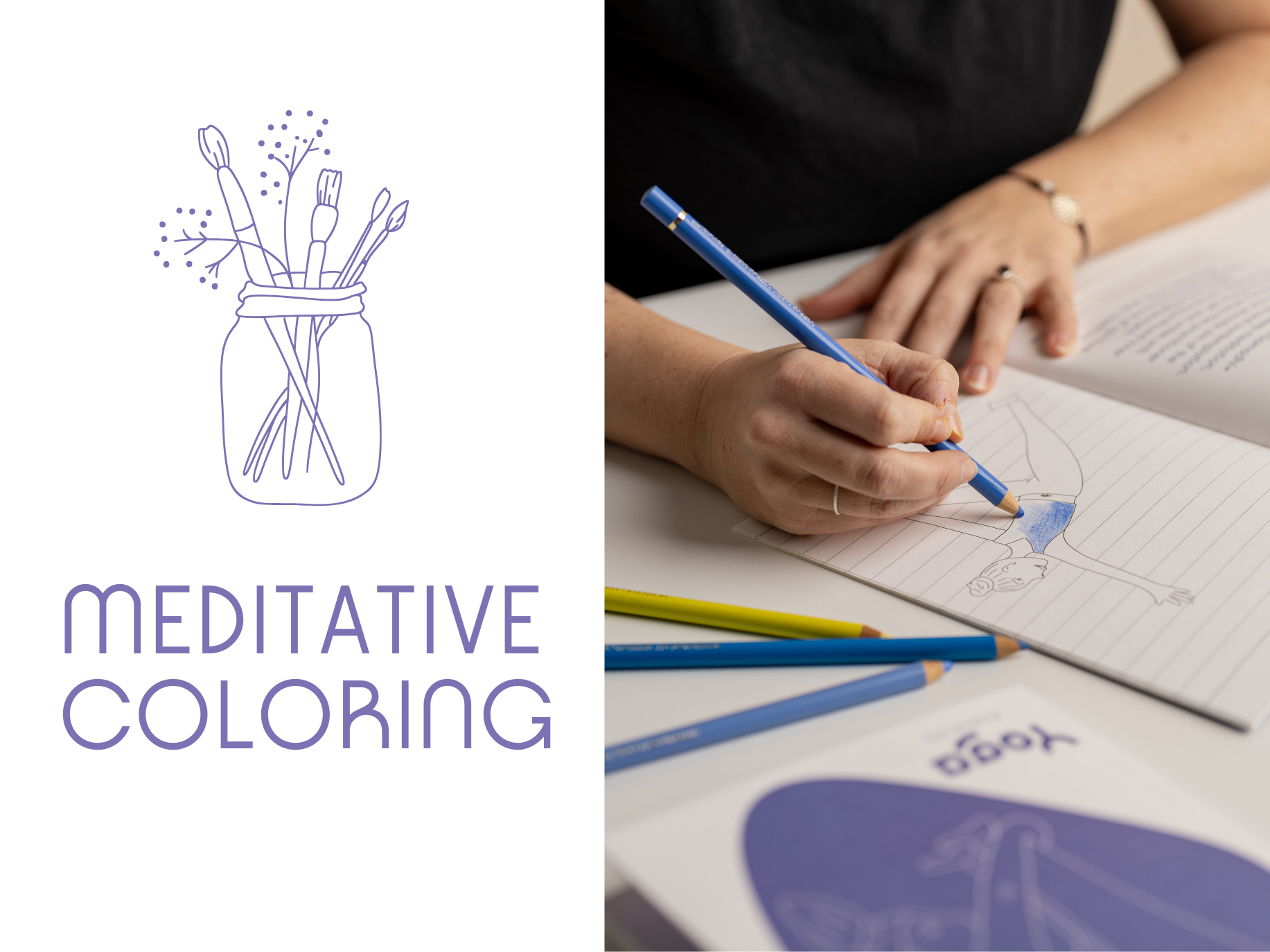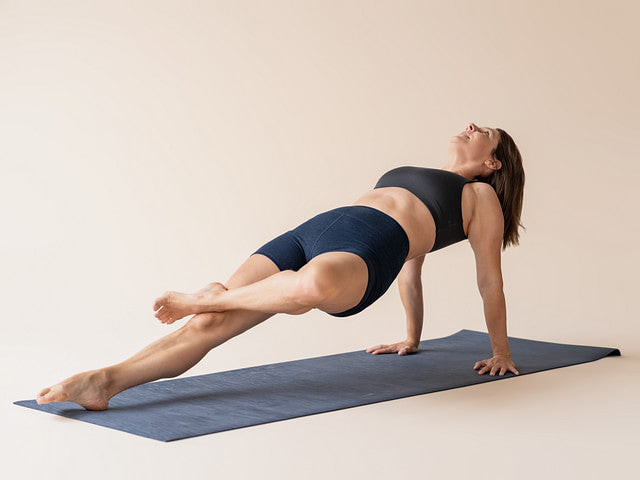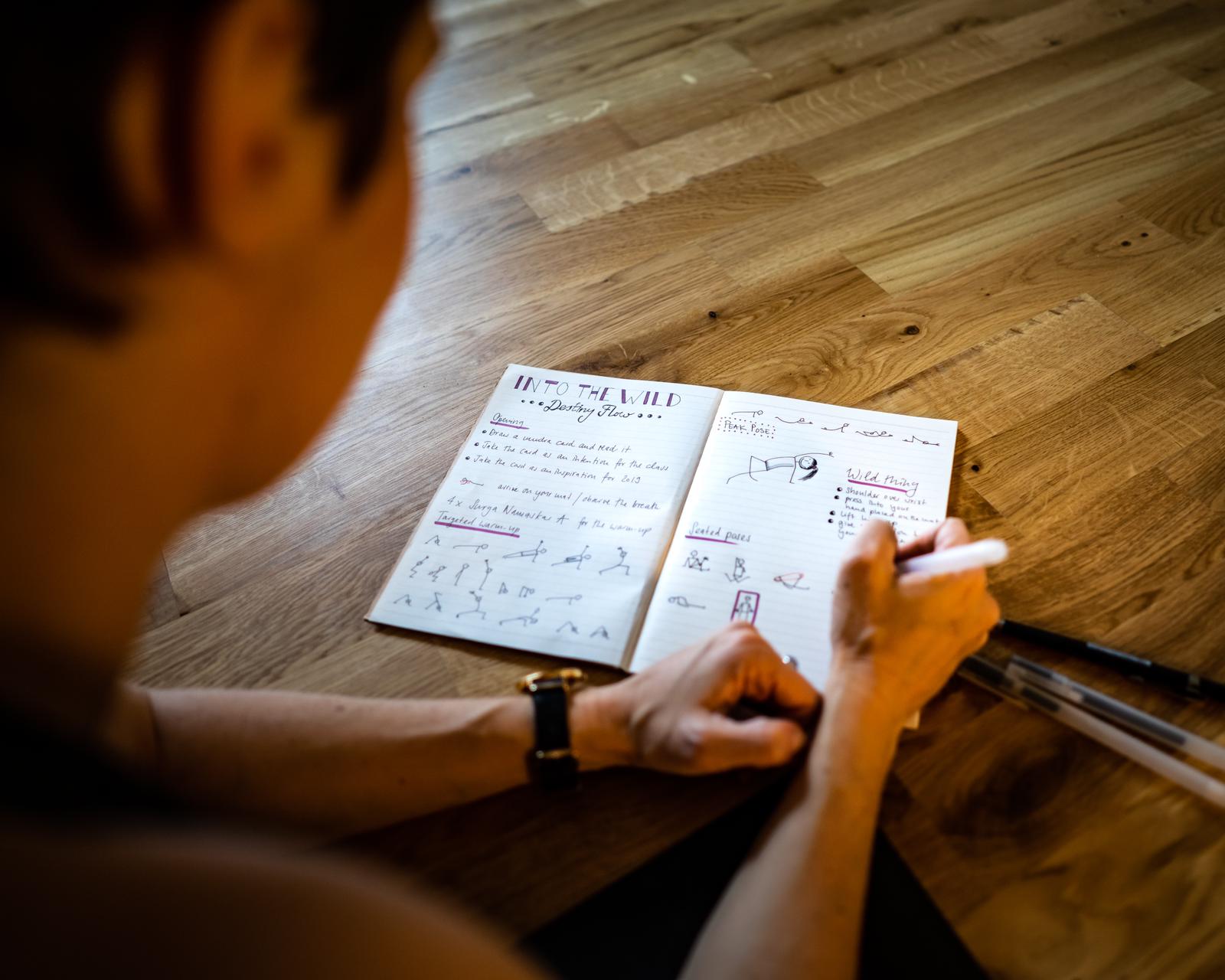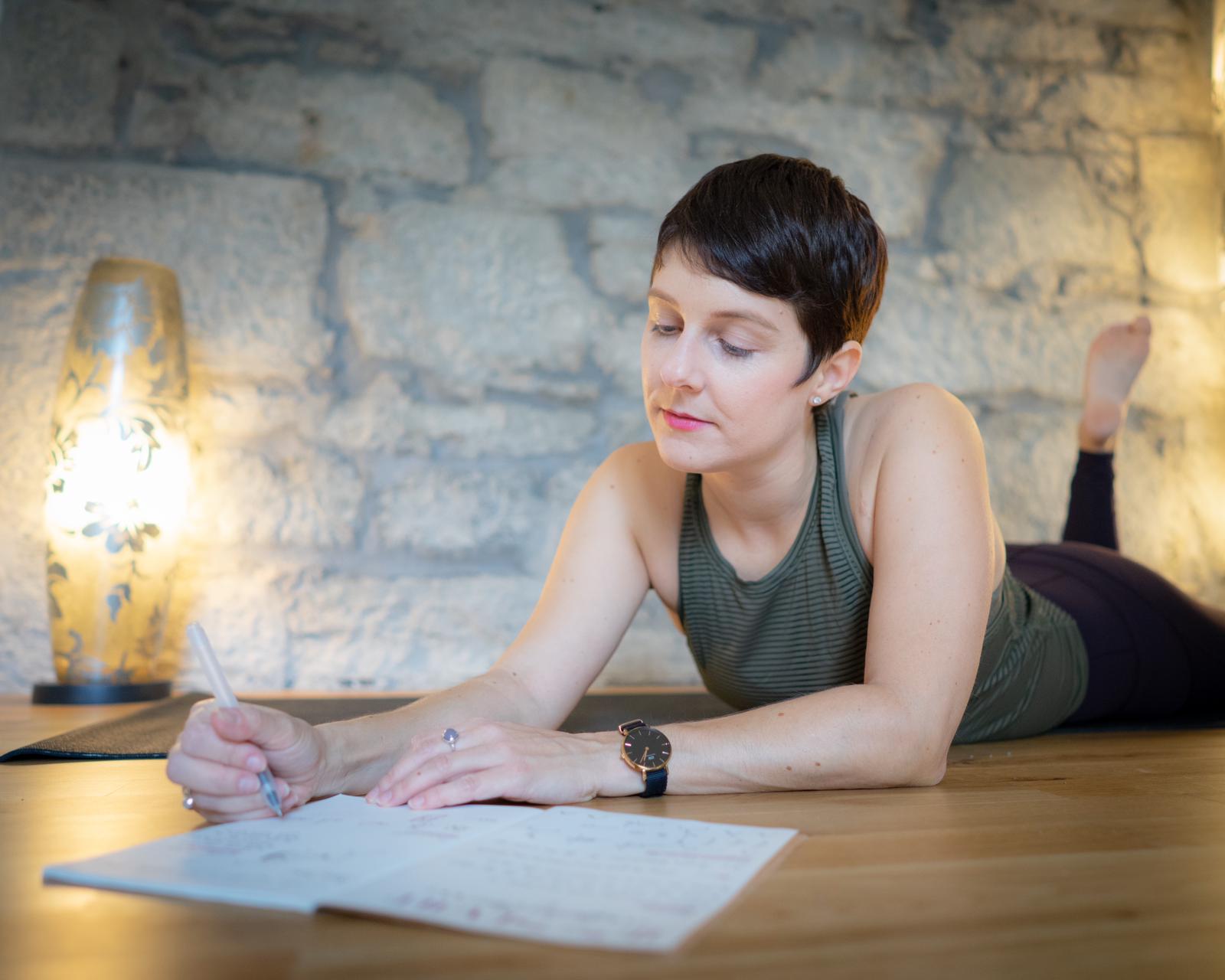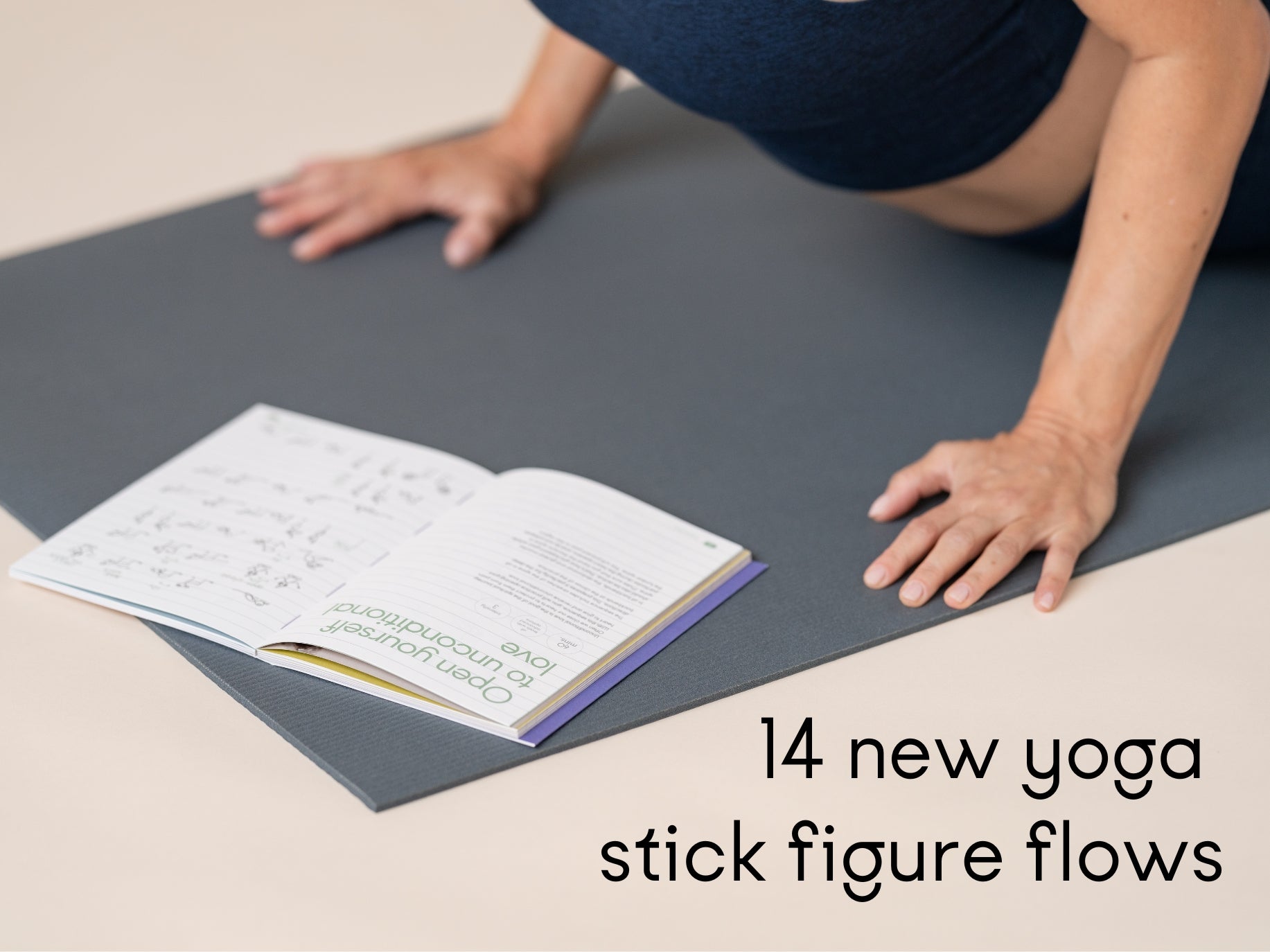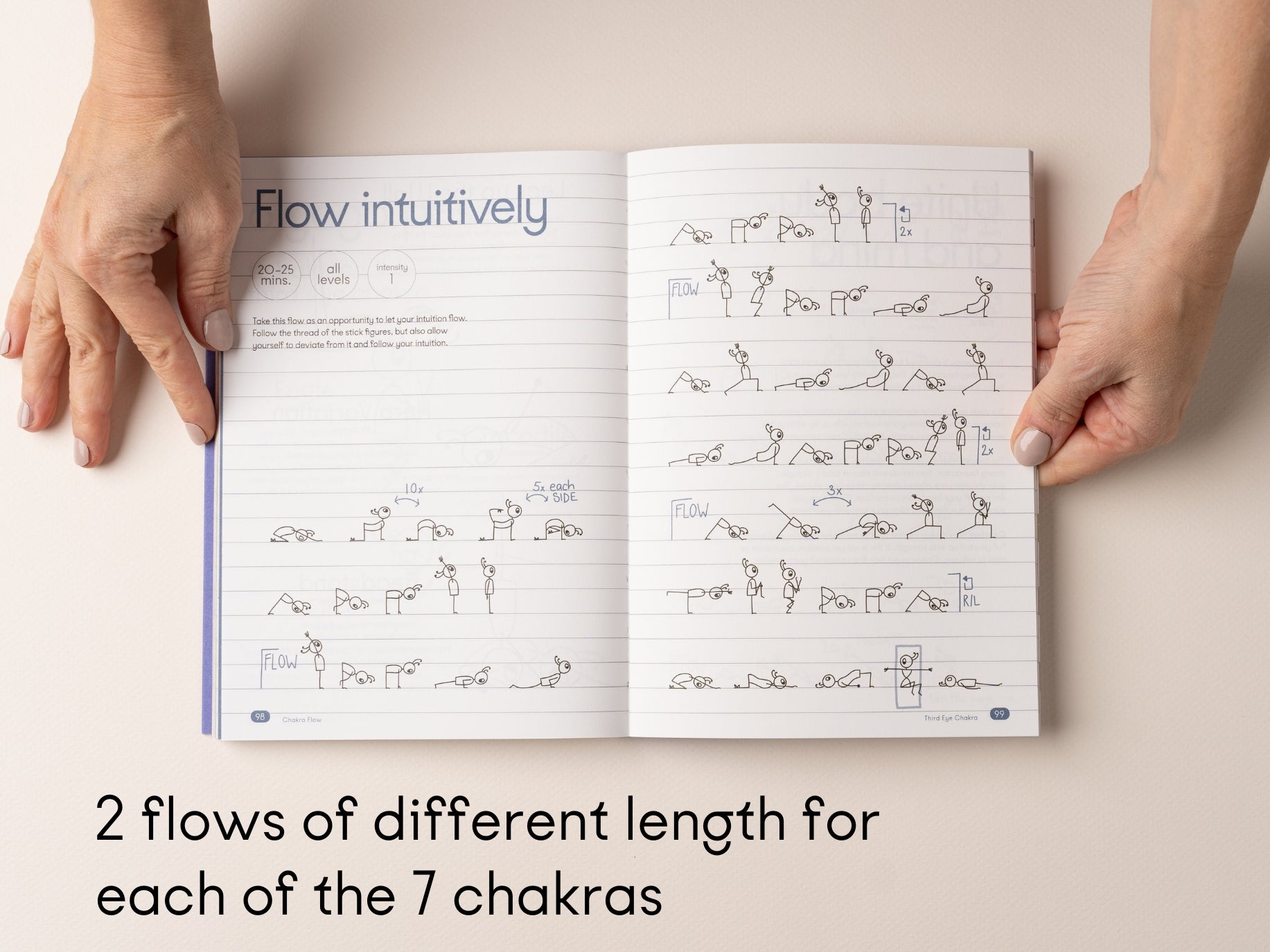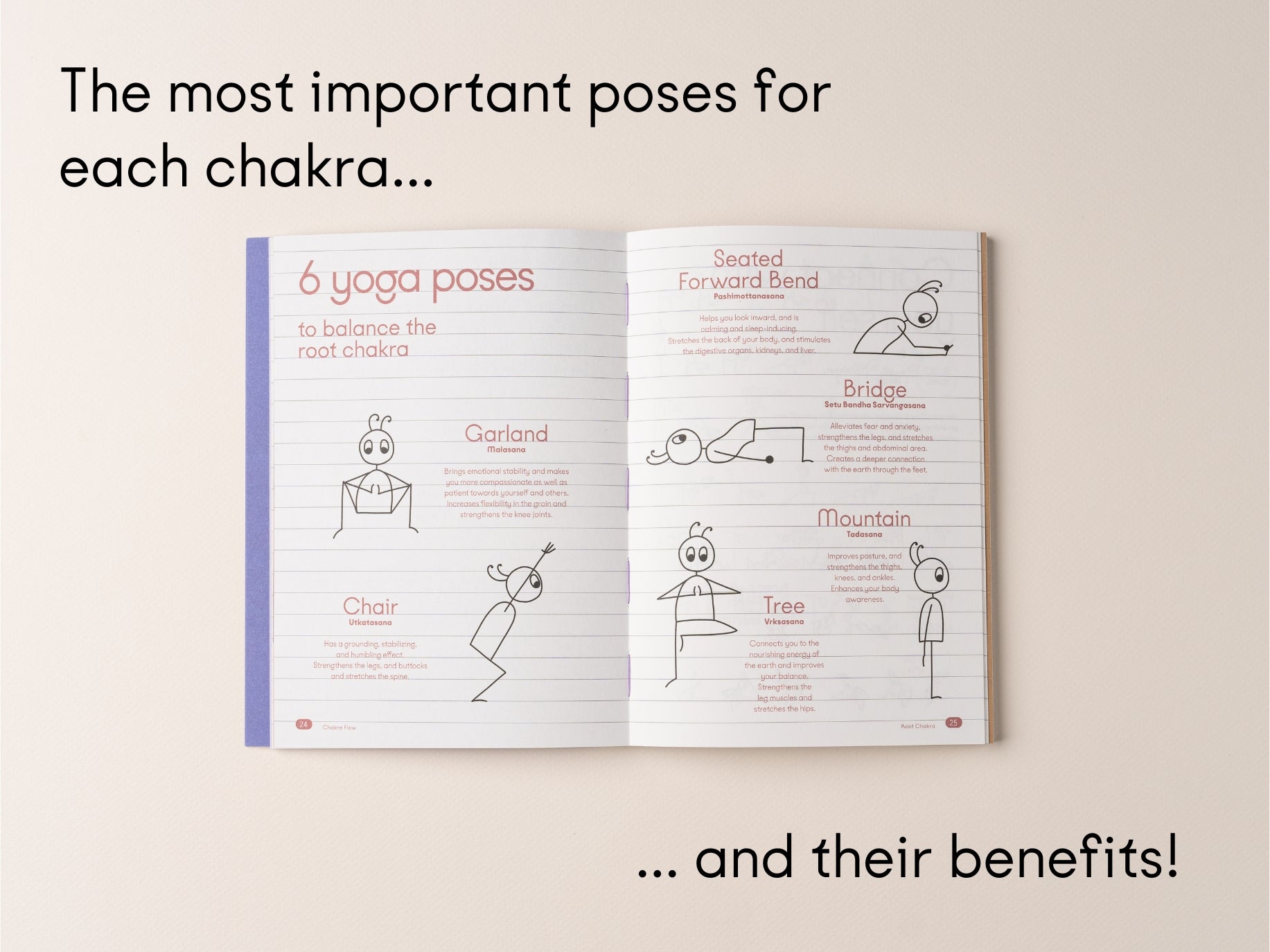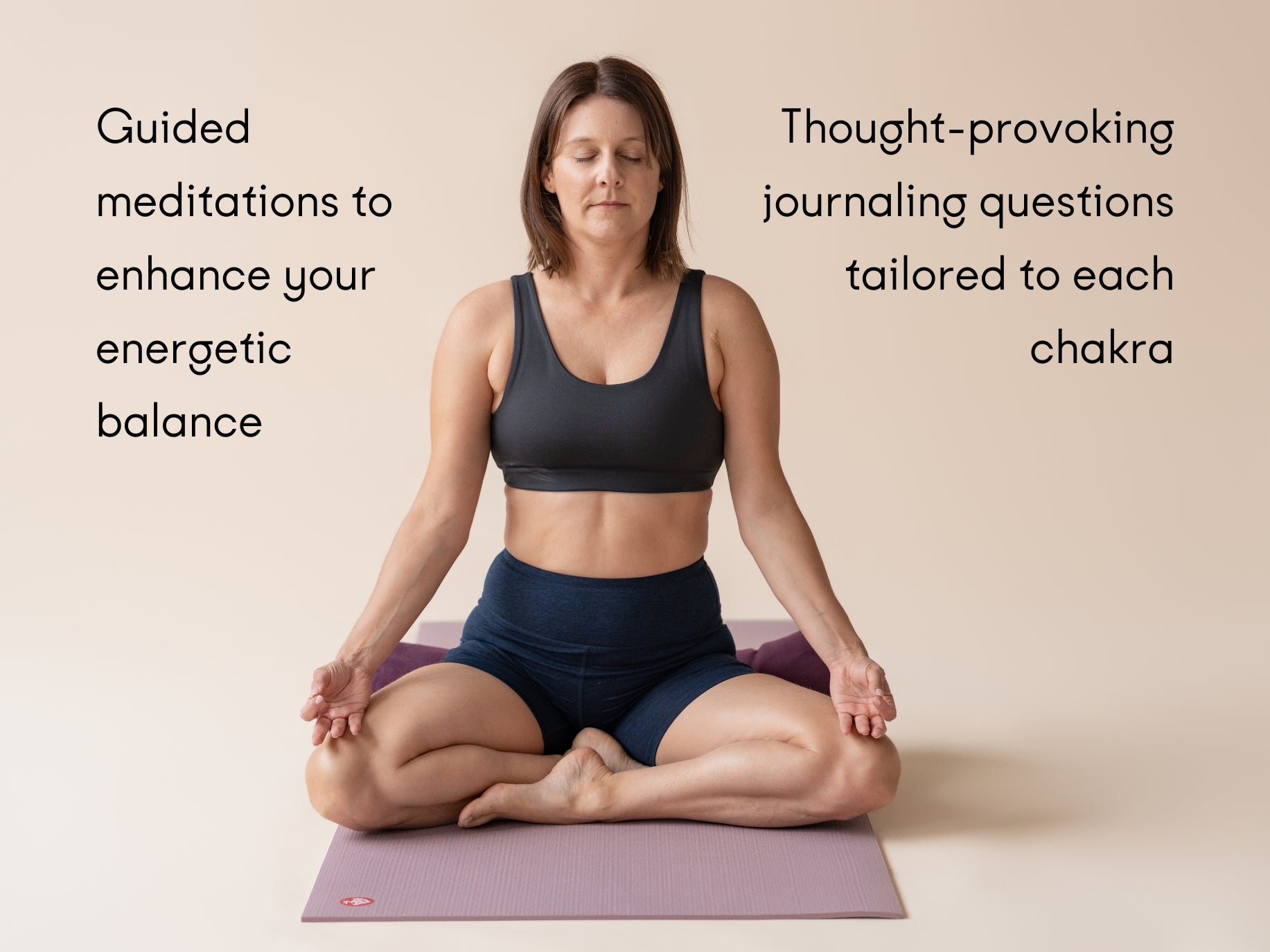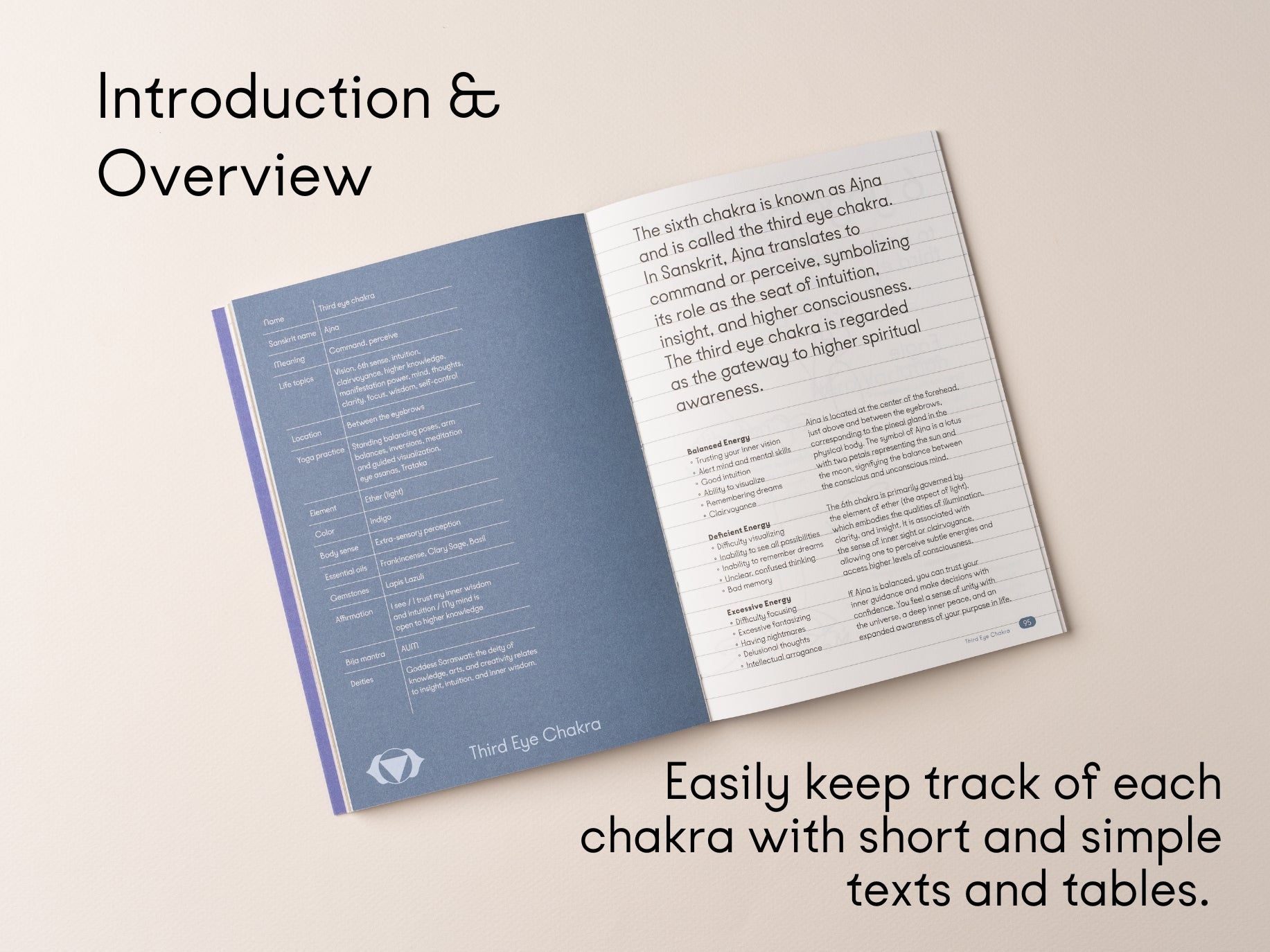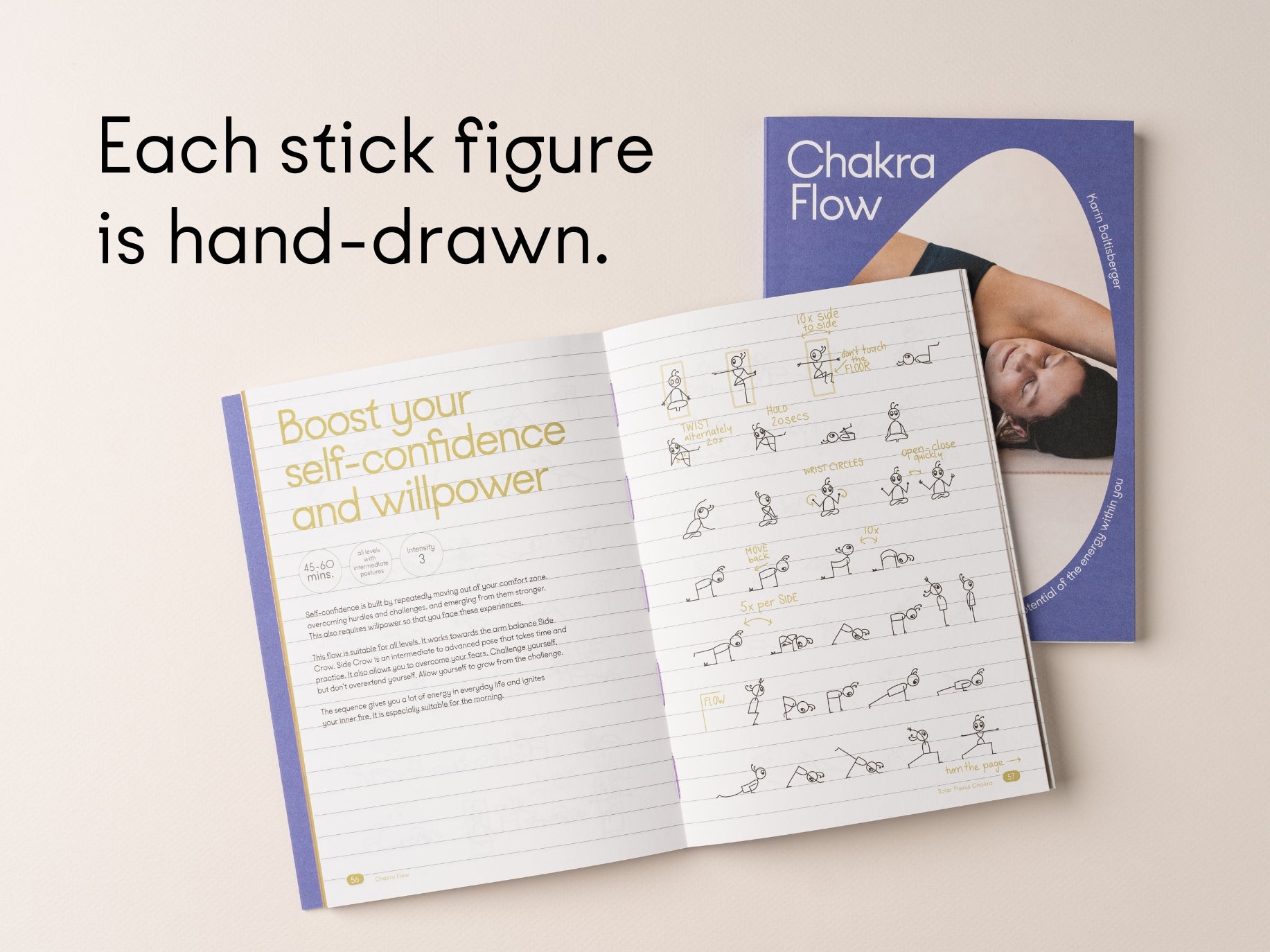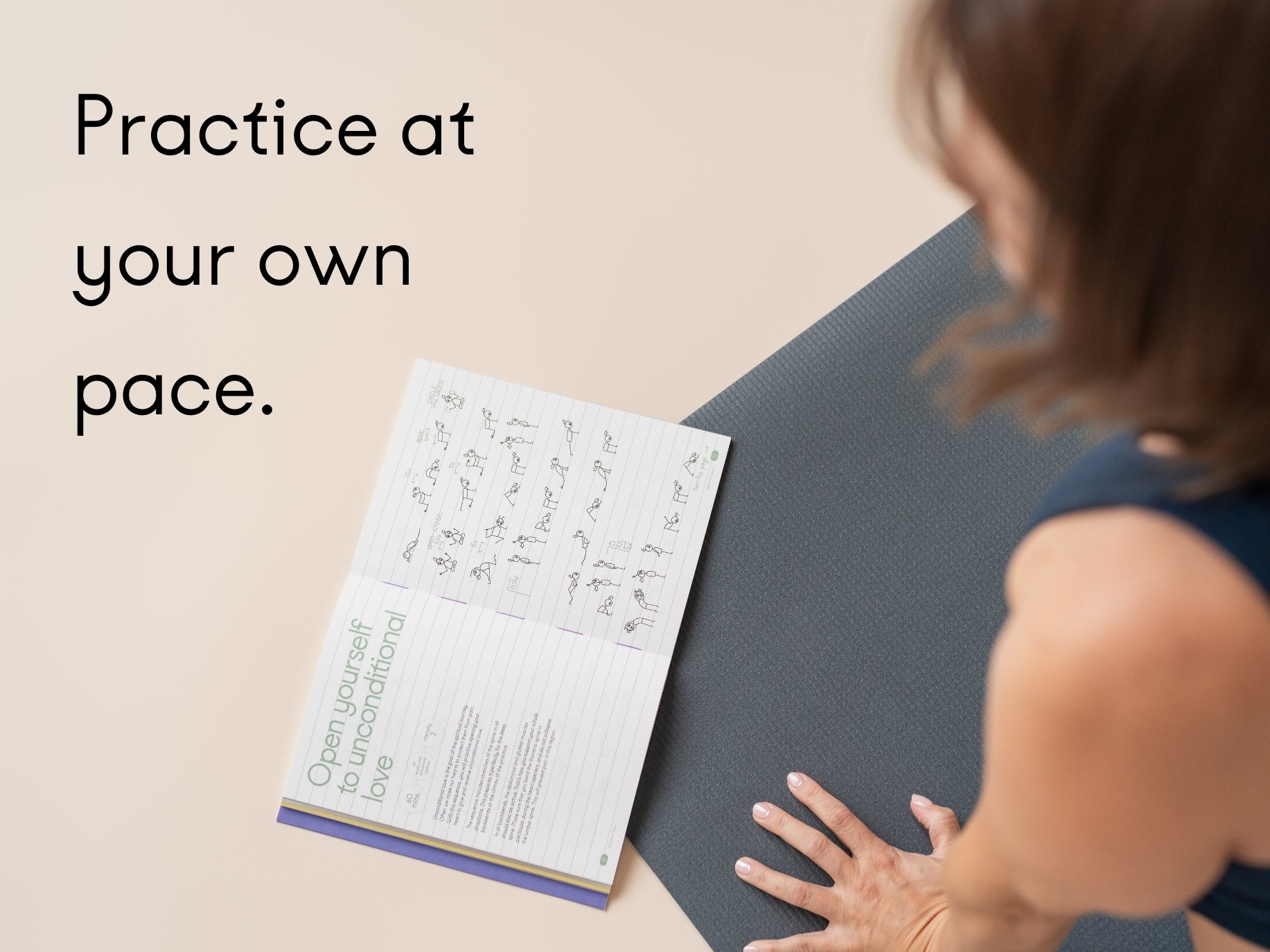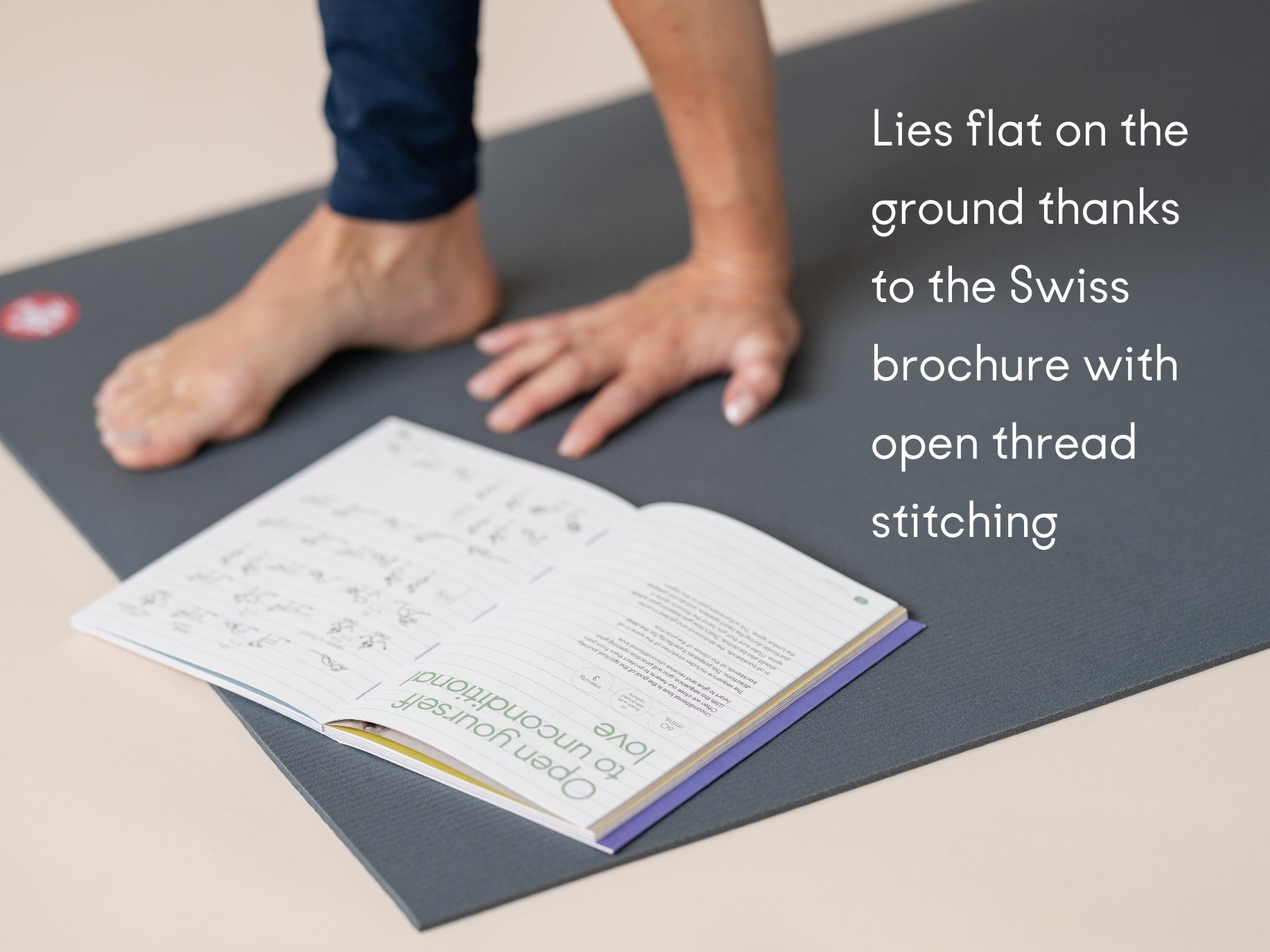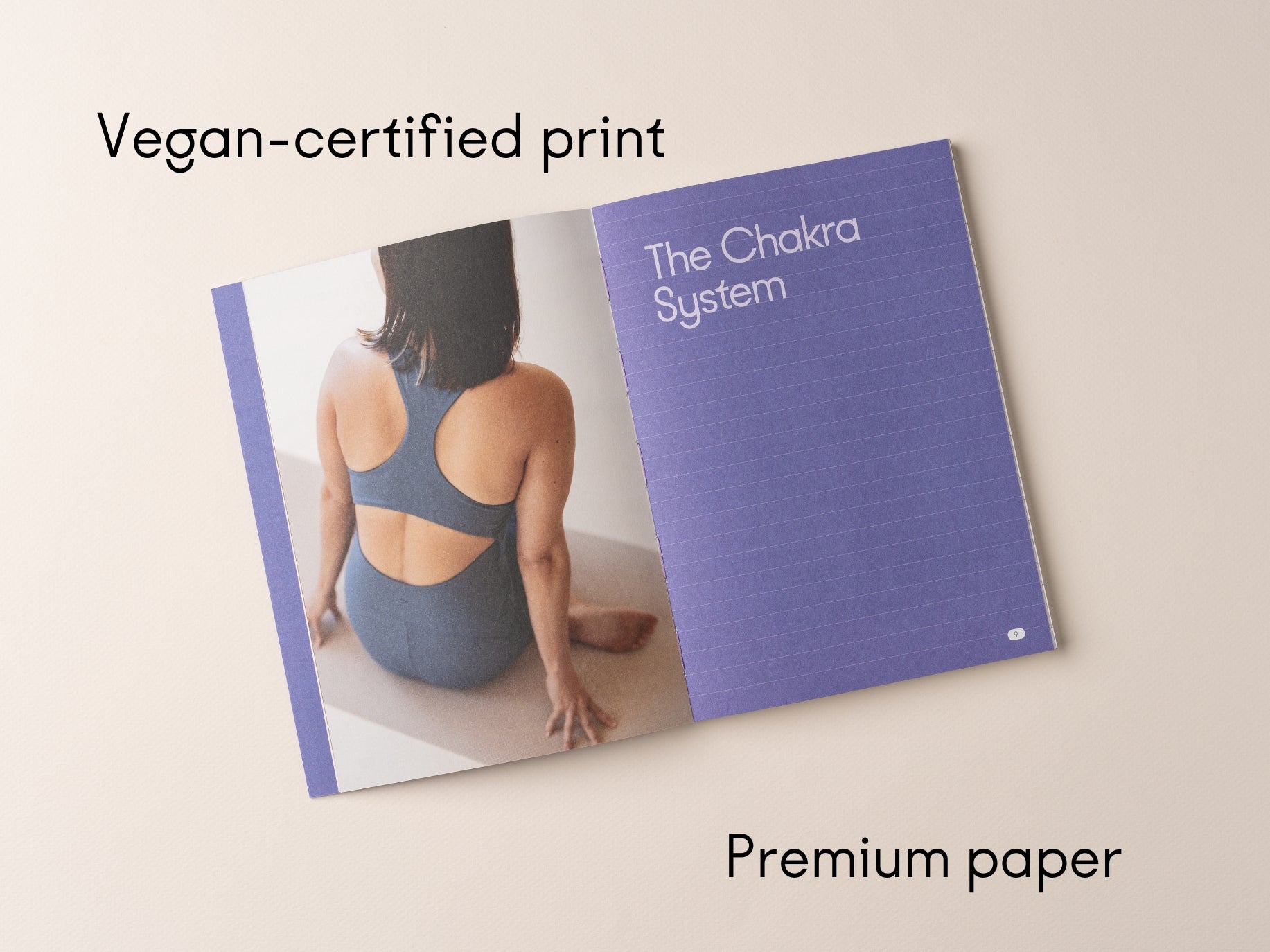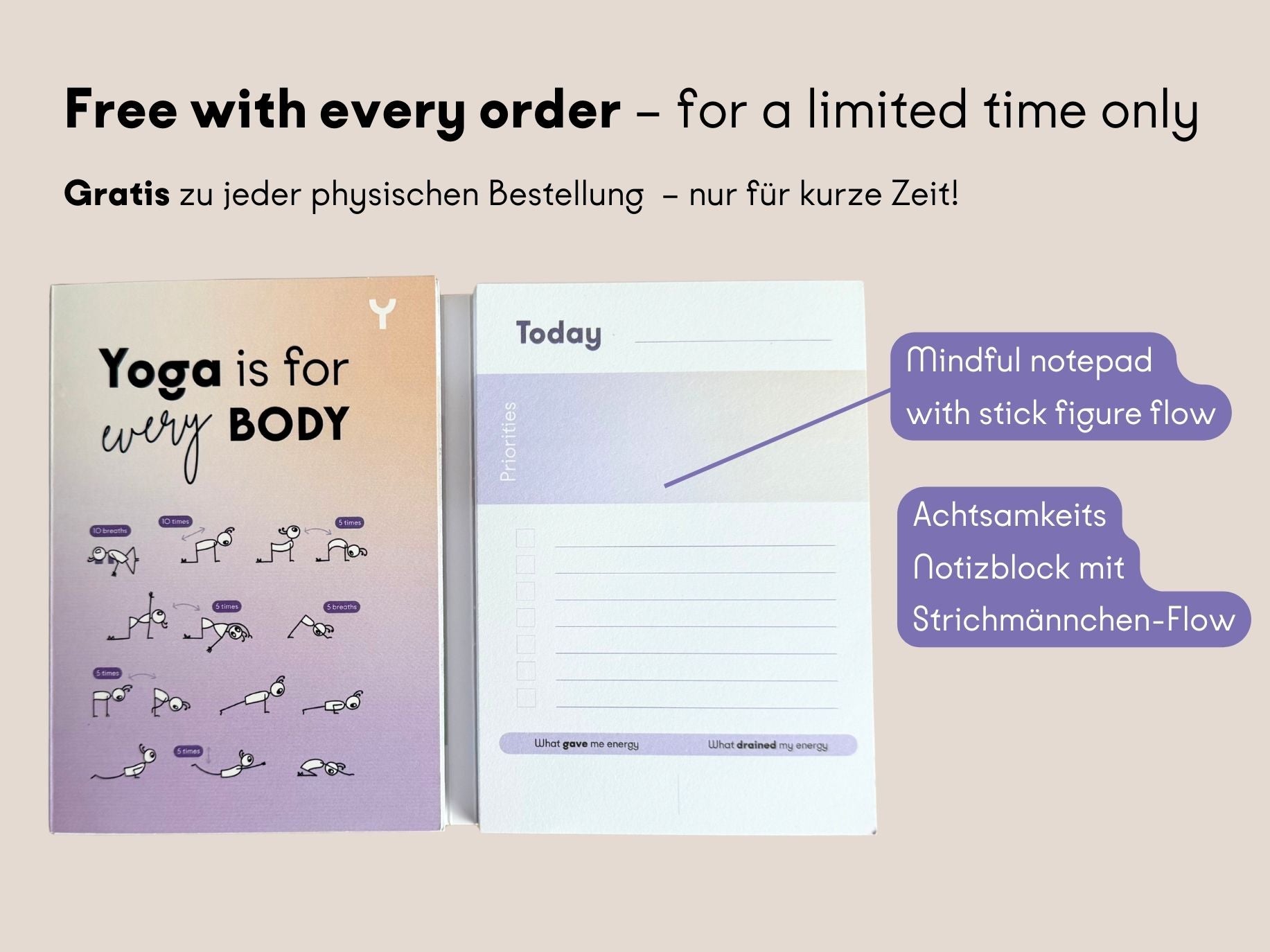When you first start teaching yoga, it can sometimes seem a little difficult to put together a good flow. I've already put together hundreds of sequences and here I share my best tips and ticks for an efficient and fun sequence.
What's your intention?
Before you put together your poses, think about what the intention of your lesson is. What do you want to achieve?
How do you want your students to feel during or after the class? What do you want to work on (strength, flexibility, skills)?
Once you've established that, keep coming back to your intention. Your whole sequence should build on that.
Sequence of a lesson
- A well-rounded class usually
- includes the following elements:
- Opening
- Warm-up
- Heat building
- Standing Sequence / Dynamic part
- Peak pose (optional)
- Cool-down
- Shavasana
- Closing
How you time the sections is up to you. There is no right or wrong.
The question is where you want to focus.
Do you want your students to really break a sweat? Then focus on the warm-up and heat building part.
Want to work on a specific pose? Then schedule enough time for your peak pose and make sure the body is ready for it.
You want to work on the flexibility of your students? Then focus on the cool-down. A good warm-up is still a prerequisite for this.
Increasing difficulty
Start with easy and accessible poses and then add more and more levels of difficulty. Teach standing poses on both legs first before moving on to balance poses. For example: High Lunge before Warrior 3. Instruct more complex poses only after the body is warmed up and mobilized. For example: Parsvakonasana (Side Angle) before Parivrtta Trikonasana (Revolved Triangle).
Balance in the body
A class is round when the body feels good and balanced afterwards. Therefore, you should not only include one-sided exercises. If you build your class along the fascial lines, you can choose the following combinations:
Superficial Front Line & Superficial Back Line
Lateral Line & Spiral Line
Functional Back Line & Superficial Front Line
Deep Front Line & Superficial Back Line

Theming
Theming is a way to give meaning and context to your lesson. It gives you a why or a how to the what. Theming is a personal choice. It makes your lesson a unique experience. Not theming can also be a choice and is a matter of the style you want to convey.
Decide on a theme that fits your intention.
Themes can be inspired by:
- Physical theme (example:
- strength, flexibility, skill)
- Cultivation of attitudes (example: gratitude, introspection, joy, moving through fear)
- Holidays/ time of year (example: Christmas, Spring cleaning, Thanksgiving)
- Quotes, poems, writing
- Yoga philosophy
- Mythology
- Personal story
- World event
- Moon phases
- Nature
- ... or anything that inspires you
Embodied Practice
A yoga class becomes special when you add different layers to it.
One way is to make your theme come alive in the body. To do this, you connect your theme with asanas and transitions that fit it.
Examples:
- If you choose a theme like "gratitude", then "heart openers" go very well with it. Or anything that opens the heart chakra. You can work with essential oils, mudras, mantras or meditations besides asanas (poses).
- If you choose "moving through fear" as a theme, then a peak pose like handstand fits very well.


